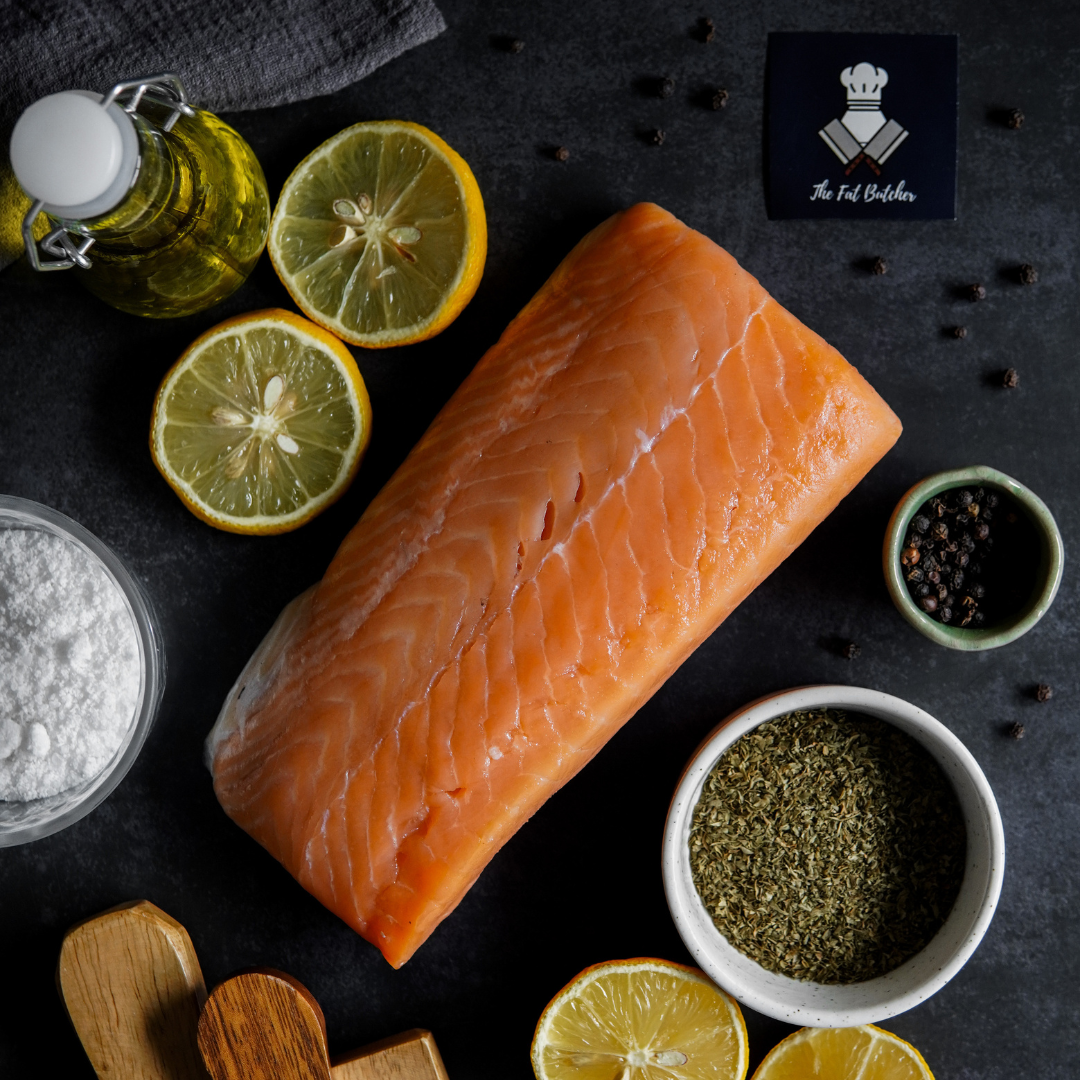
Decoding Freshness: How to Spot a Good Salmon
Share

1. The Color Conundrum: Vibrant Hues Speak Volumes
A crucial factor in determining salmon freshness is its color. Look for salmon with vibrant, uniform hues. Wild-caught salmon often has a deeper, more natural color compared to its farmed counterparts. Beware of any dullness or discoloration, as it may indicate aging or mishandling.
2. Texture Matters: Firmness and Resilience
Run your fingers along the surface of the salmon. A good piece should feel firm and resilient to the touch. The flesh should bounce back when gently pressed. If it leaves an indentation, it might be a sign that the salmon is no longer at its peak freshness.
3. Sleek and Shiny Scales: A Visual Inspection
Take a close look at the scales of the salmon. They should be intact, firmly attached, and have a shiny appearance. Dull or flaky scales may be indicative of a lack of freshness. A well-maintained exterior is a good indicator that the salmon has been handled and stored with care.
4. Aroma Assessment: The Nose Knows
Give the salmon a sniff – a fresh piece should have a clean, ocean-like scent. Avoid any fishy or strong, unpleasant odors, as these could be signs of deterioration. Trust your nose; it's an excellent tool for gauging the freshness of seafood.
Selecting a good salmon involves a combination of visual, tactile, and olfactory cues. By paying attention to the color, texture, scales, and aroma, you can confidently spot a fresh and high-quality piece of salmon. The next time you're at the seafood counter, armed with these tips, you'll be well-equipped to bring home a salmon that not only tantalizes your taste buds but also reflects the essence of oceanic freshness. Happy fishing and feasting!
